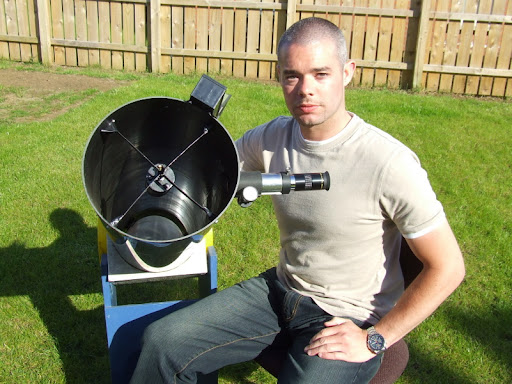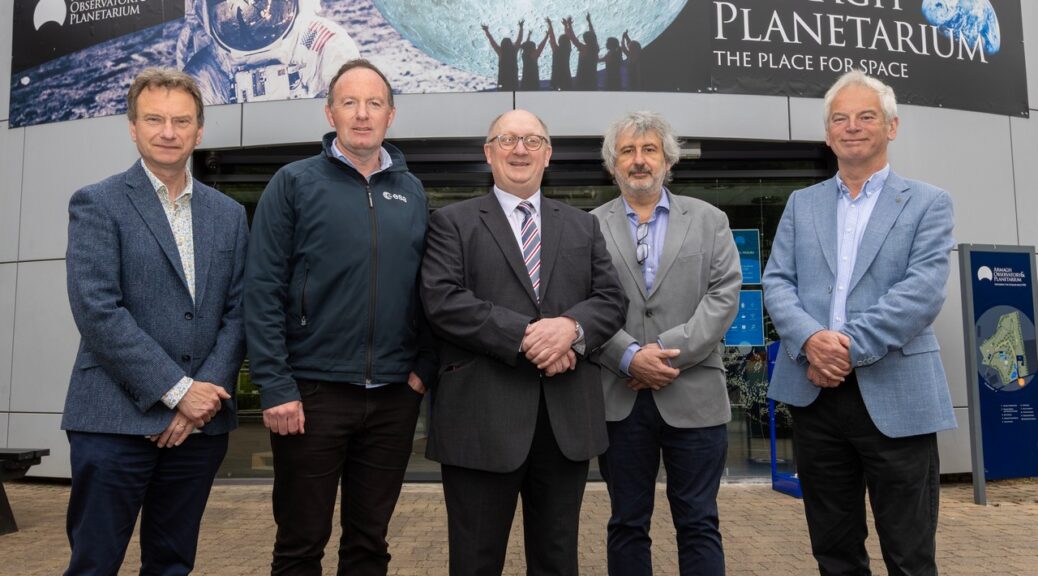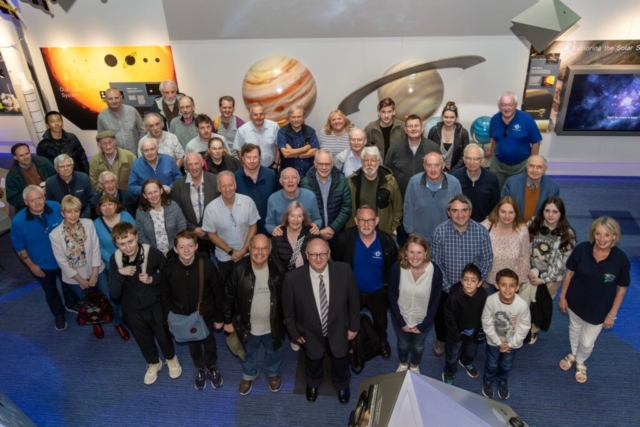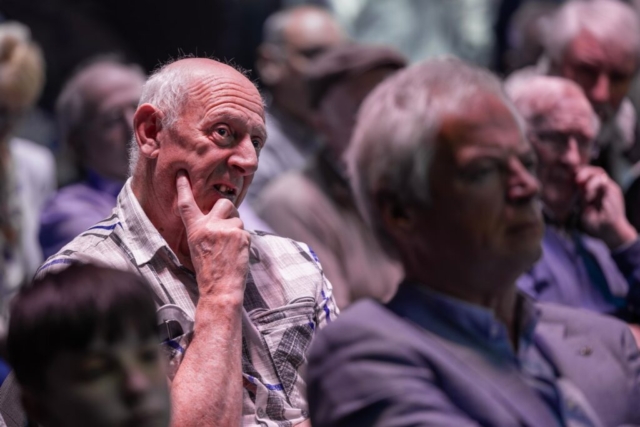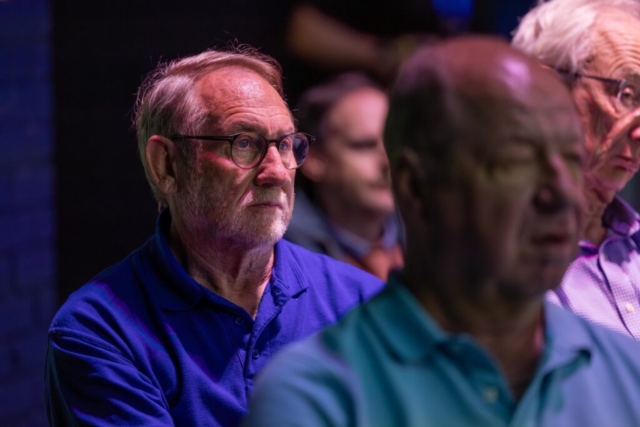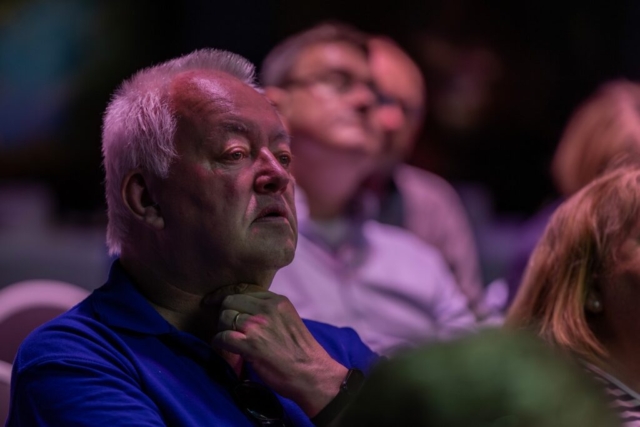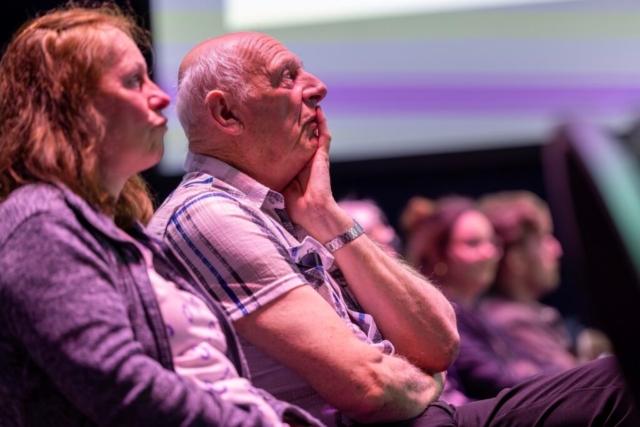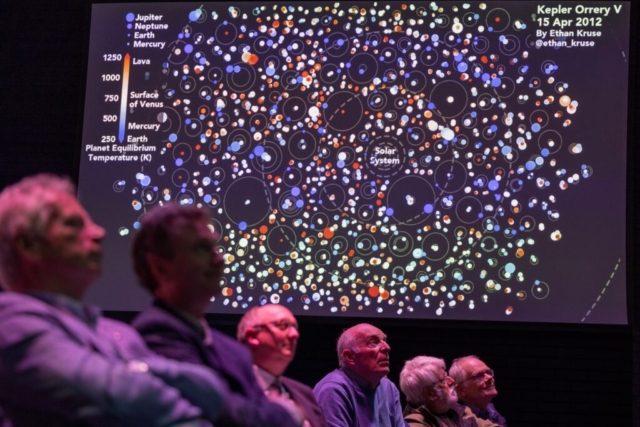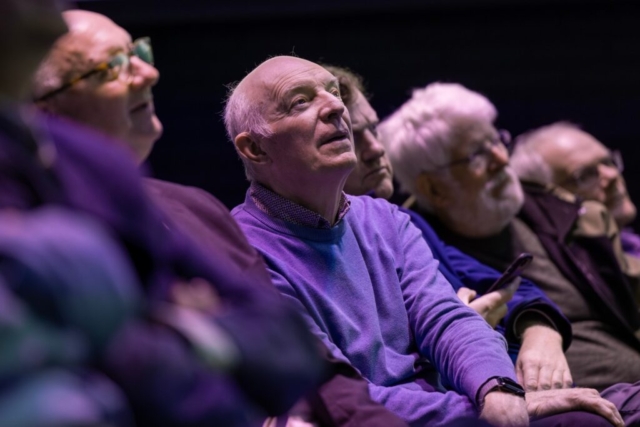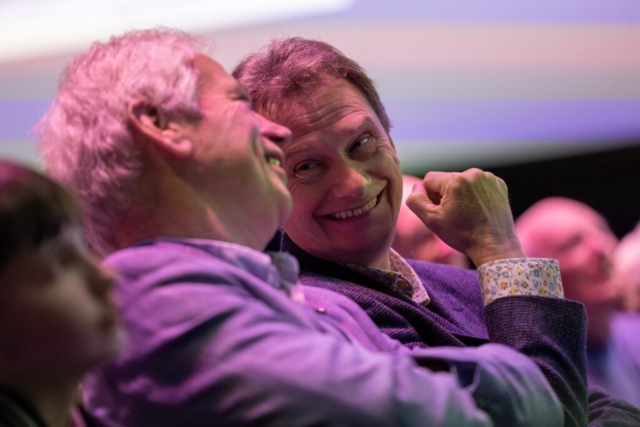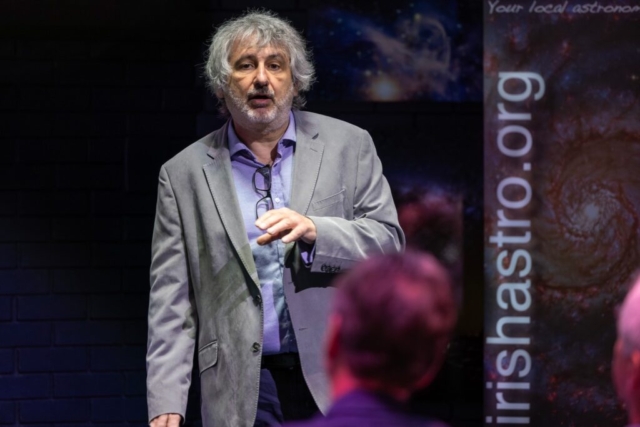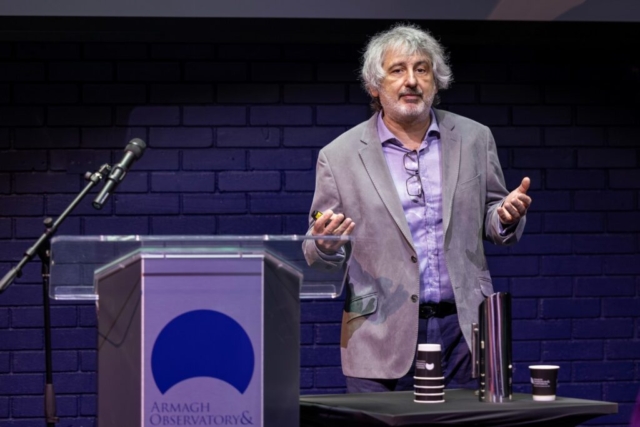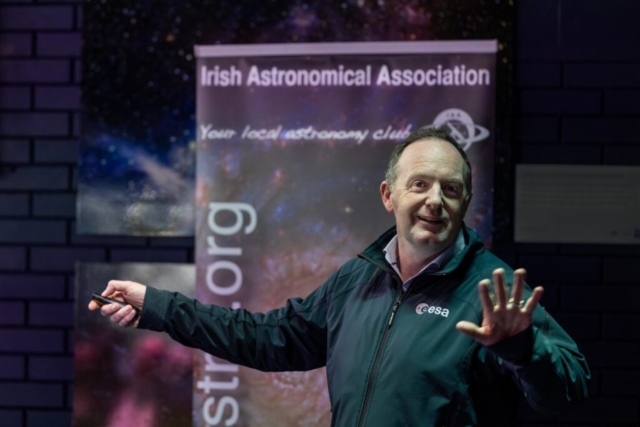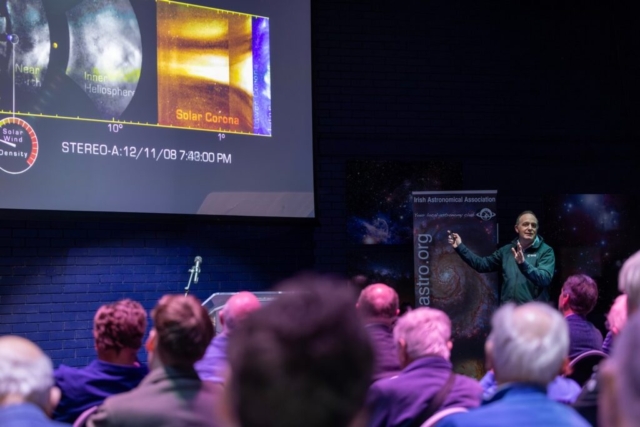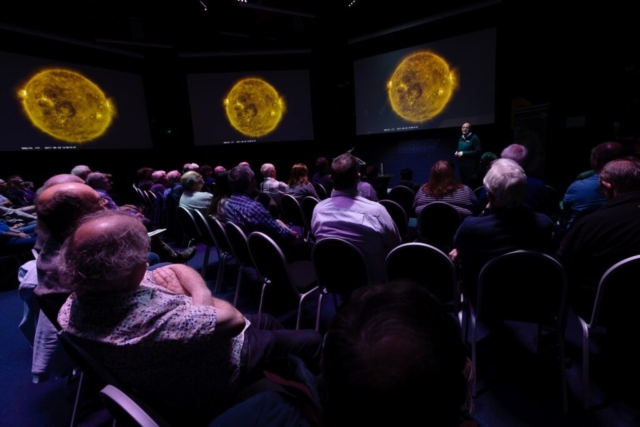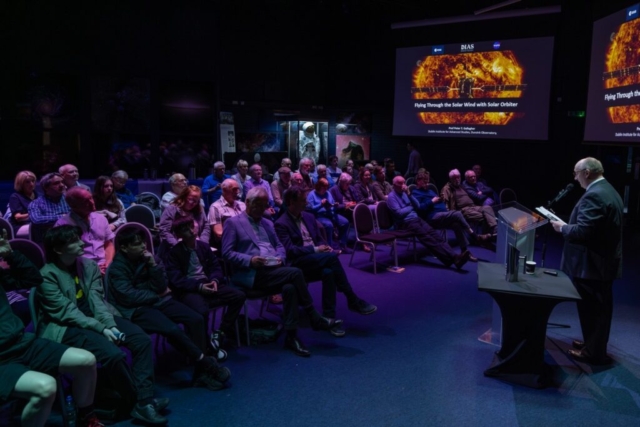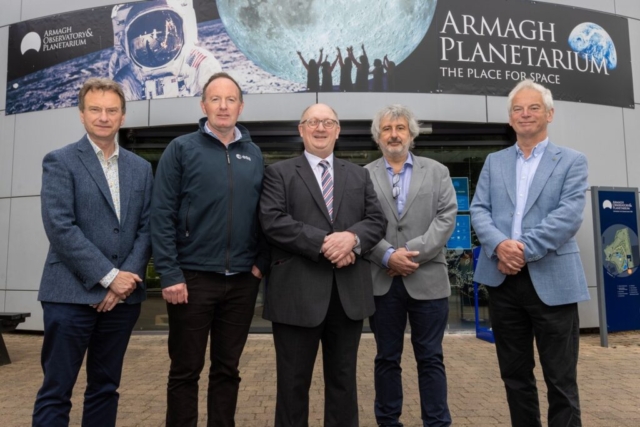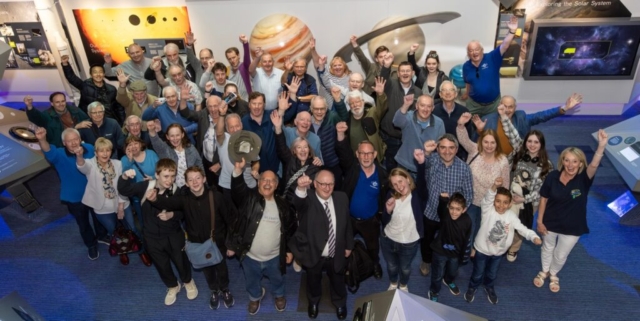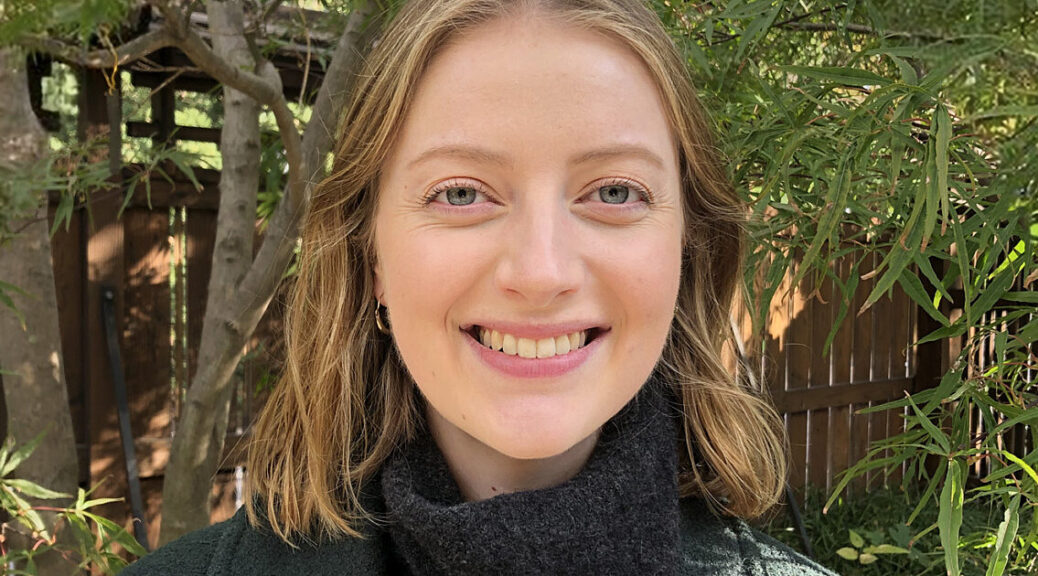ABSTRACT
The talk will be part biography and part sky phenomena. Martin will describe how Comet Hale-Bopp first got him into astronomy, the development of his observing career and passion, the night I decided I wanted to learn all the stars in the sky, his ever bigger telescopes, comet-hunting], a few close calls and near misses when I came close to making a discovery and didn’t.
He will then describe recent sky events which have impressed him, the auroras of May and Oct 2024, the NLC display of July 2024, comet NEOWISE of July 2020. Then a very brief change to how he got into storm chasing, the joys of the photogenic challenges it brings. The talk will end with a brief look at comet Lemmon to show he’s still into comets as much as ever
Brief Bio:
Martin McKenna is an amateur astronomer and photographer from N. Ireland. After witnessing great comet Hale-Bopp in 1997 his life changed forever. He quickly developed a passion for the stars and for comets in particular and spent over ten years searching the skies for a new comet of his own. Martin has a particular interest in transient events and enjoys photographing the aurora borealis and noctilucent clouds. His passion for the sky also has evolved to daytime events such as atmospheric optics and convective weather events. Currently he splits his time between visual observations of the sky using his 10″ telescope and photographing dramatic sky events with the intention of documenting memories and creating time lapse video sequences covering everything from a pulsating corona to an explosive updraught on a thunderstorm. He currently lives in Mid-Ulster and enjoys the dark skies from the Sperrins.
Martin has had the honour of having an asteroid named after him: 42531 McKenna. He was also awarded ‘Irish Astronomer Of The Year 2005’ by the Irish Federation Of Astronomical Societies. He is one of the most enthusiastic, dedicated, and indefatigable observers you will ever meet.

